Norse mythology brims with epic tales of gods, giants, and cosmic events that continue to captivate our imagination thousands of years later.
These ancient stories weren’t just entertainment—they helped explain the world and taught important life lessons to those who heard them.
From sacrifices for wisdom to trickery among the gods, these myths offer timeless insights into human nature, courage, and the inevitable nature of fate.
1. Odin’s Sacrifice for Knowledge
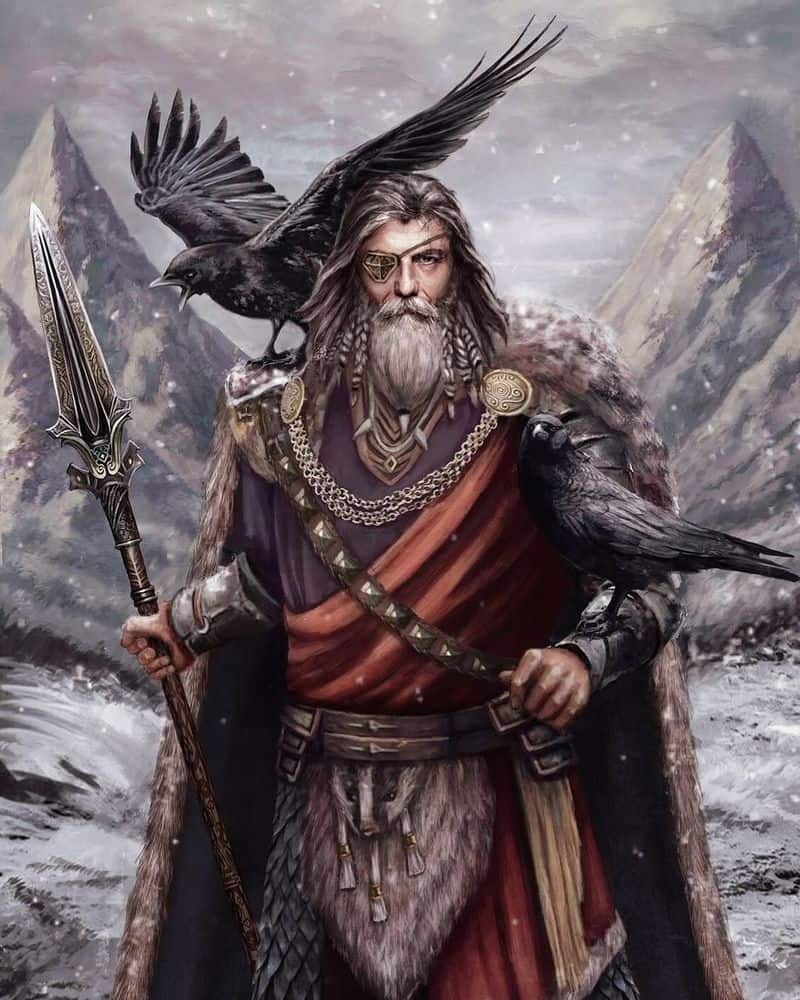
Hanging upside down from the world tree Yggdrasil for nine agonizing days and nights, Odin pierced himself with his spear to gain wisdom beyond measure. No food, no water—just pain and determination as he gazed into the void below.
This extreme act of self-sacrifice earned him knowledge of the runes and powerful magic. The Allfather’s willingness to endure suffering for enlightenment mirrors our modern understanding that true wisdom often comes at a cost.
His story reminds us that sometimes we must surrender something precious to gain something even more valuable—a lesson that resonates with anyone pursuing education, spiritual growth, or personal transformation today.
2. The Binding of Fenrir
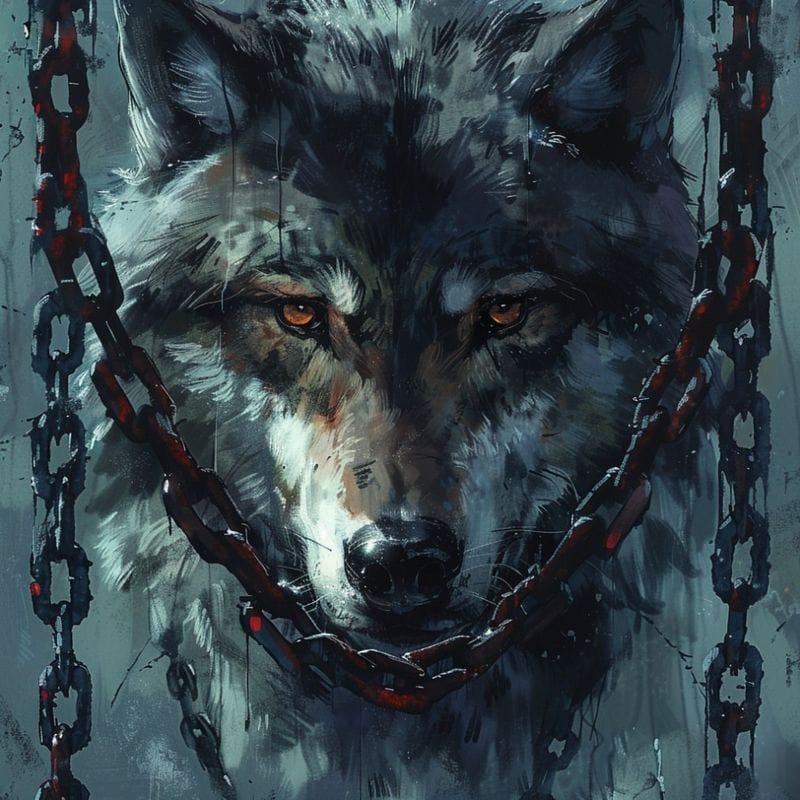
The monstrous wolf Fenrir grew so large and terrifying that even the gods feared him. After two failed attempts to restrain the beast, they commissioned the dwarves to forge a magical ribbon called Gleipnir, made from impossible things: a woman’s beard, mountain roots, and fish’s breath.
Suspicious of trickery, Fenrir agreed to be bound only if a god placed their hand in his mouth as assurance. Brave Tyr sacrificed his hand when the unbreakable ribbon proved its worth.
This tale speaks to our attempts to control destructive forces and the inevitable prices we pay—whether environmental damage, nuclear weapons, or personal demons we try to suppress.
3. Thor’s Hammer Heist
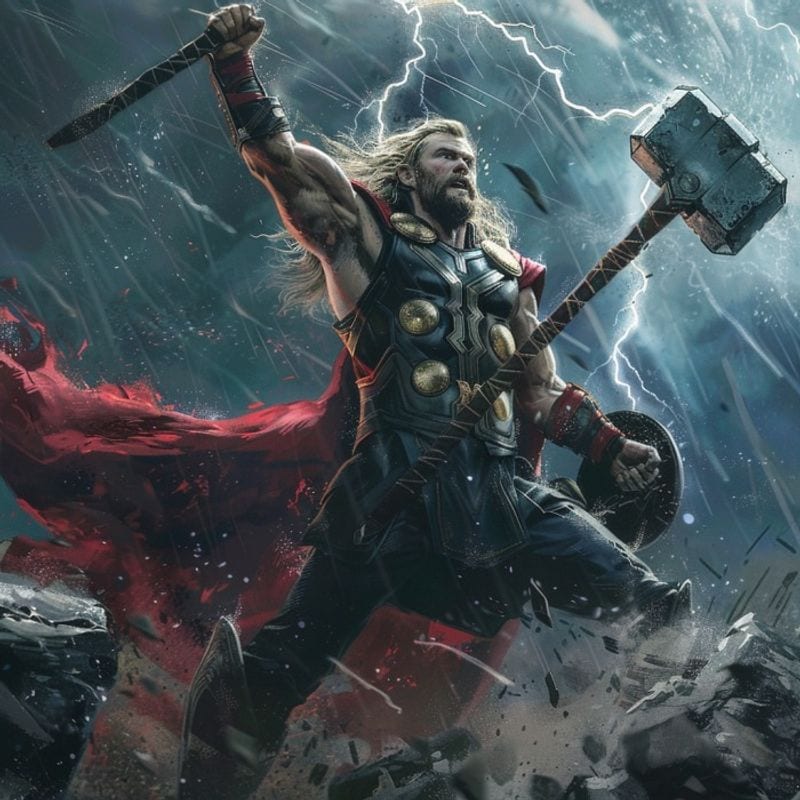
“My hammer’s been stolen!” Thor’s thunderous voice shook Asgard when he discovered Mjölnir missing. The culprit? Giant king Thrym, who demanded the goddess Freya as his bride in exchange for the weapon’s return.
When Freya refused (understandably), Loki hatched a plan: dress Thor as the bride instead! Reluctantly donning a wedding dress and veil, the mighty thunder god attended his own wedding feast, barely containing his rage as Thrym placed the hammer in his “bride’s” lap.
With his weapon reclaimed, Thor revealed himself and slaughtered the giants. This humorous tale reminds us that sometimes we must swallow our pride and embrace uncomfortable situations to achieve our goals.
4. The Mead of Poetry

From peace treaty to poetic inspiration—what a journey! When the Aesir and Vanir gods ended their war, they sealed their pact by spitting into a bowl. From this mixture, they created Kvasir, the wisest being ever to exist.
Tragically, two dwarves murdered Kvasir and brewed the magical Mead of Poetry from his blood. After changing hands several times, Odin eventually stole the mead by transforming into a snake, then an eagle, carrying it back to Asgard in his stomach.
He shared this gift with gods and humans alike, which is why the Norse believed poetry came from divine inspiration. The story beautifully captures how wisdom and creativity often emerge from unexpected sources and collaborations.
5. Baldur’s Death and Dreams
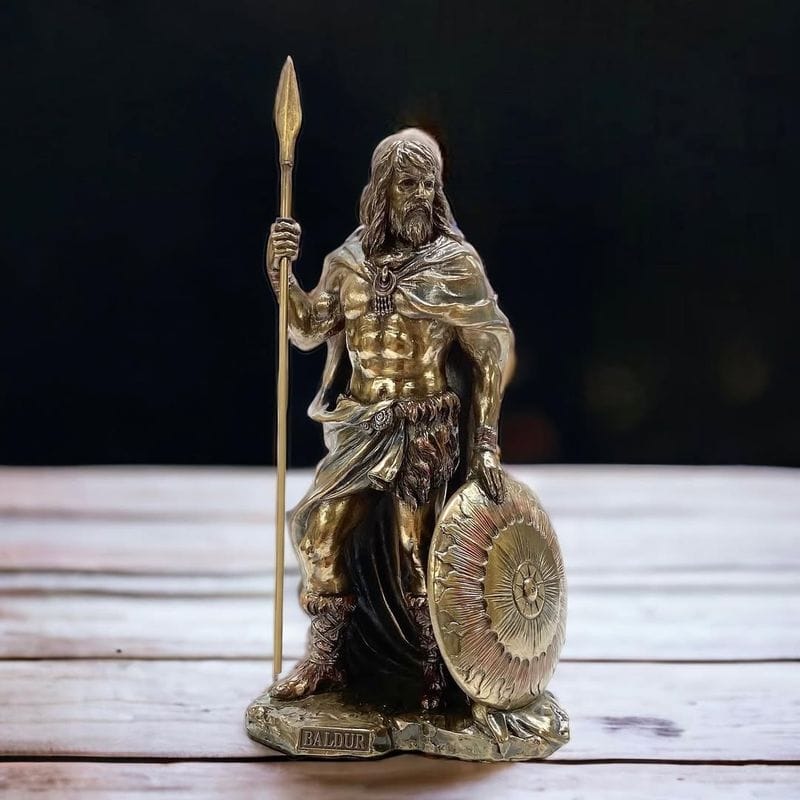
Beautiful Baldur, beloved son of Odin and Frigg, began having nightmares foretelling his death. Alarmed, his mother extracted promises from everything in creation—fire, water, stones, animals, diseases—that they would never harm her son. Everything except the humble mistletoe, which she deemed too young and harmless.
The gods made sport of throwing weapons at invulnerable Baldur until mischievous Loki guided blind Hödr’s hand to throw a mistletoe dart, killing Baldur instantly. His death marked the beginning of the end for the gods.
This heartbreaking tale warns us about overlooking small threats and the inevitable nature of fate, regardless of our precautions—a sobering reminder that resonates in our security-obsessed world.
6. Ragnarök: The Twilight of the Gods

First comes the Fimbulwinter—three successive winters without summer—followed by moral collapse as brother fights brother. The wolf Skoll finally devours the sun while his brother Hati swallows the moon, plunging the world into darkness.
Released from their bonds, Fenrir the wolf and Jörmungandr the world serpent join forces with fire giant Surtr to battle the gods. Nearly all perish: Thor kills Jörmungandr but dies from its venom; Odin is swallowed by Fenrir; Freyr falls to Surtr’s flaming sword.
Yet from the ashes, a new world emerges with surviving gods and two human survivors. This apocalyptic vision teaches that endings inevitably lead to new beginnings—a cycle of destruction and renewal that mirrors our own environmental and societal challenges.
7. Loki’s Monstrous Children
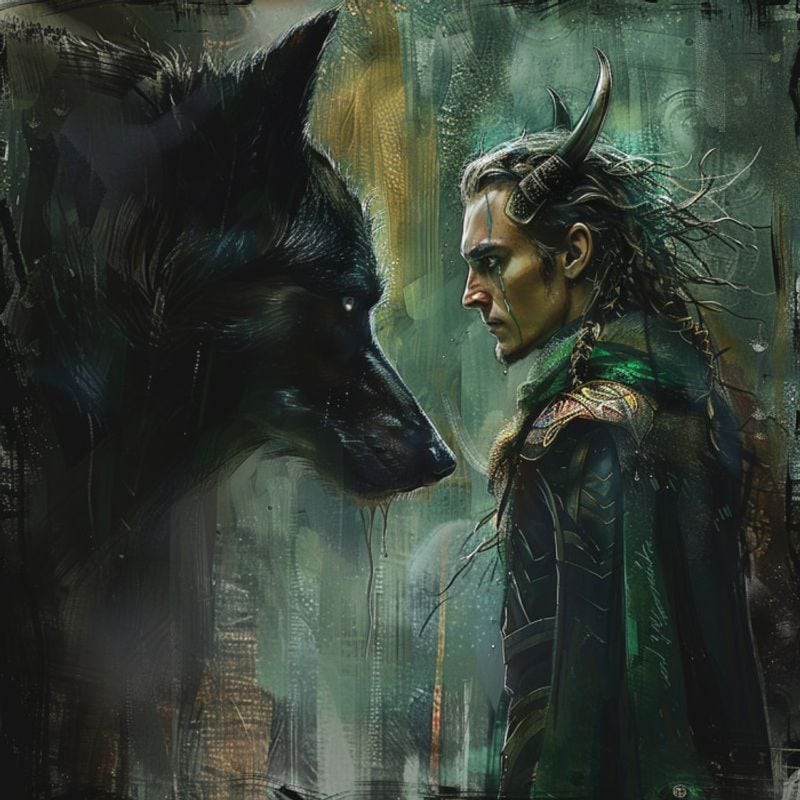
Family reunions at Loki’s house must have been quite the spectacle! The trickster god fathered three monstrous offspring with the giantess Angrboda: Hel, half beautiful woman and half rotting corpse; Jörmungandr, the world-encircling serpent; and Fenrir, the monstrous wolf.
Fearing these children, Odin banished Hel to the underworld (which she came to rule), threw Jörmungandr into the ocean, and bound Fenrir. Rather than neutralizing the threat, these actions ensured the children’s resentment toward the gods.
This tale has striking parallels to modern concerns about generational trauma and the consequences of rejecting those who are different. When we cast out what we fear instead of seeking understanding, we may create the very enemies we dread.
8. The Creation from Ymir’s Body

Before there were gods or humans, there was only the gaping void of Ginnungagap. When ice from Niflheim met fire from Muspelheim, the frost giant Ymir and the cosmic cow Audhumla were born from the melting ice.
Odin and his brothers eventually slew Ymir and crafted the world from his remains. His blood became the oceans, his flesh the earth, his bones the mountains, and his skull the sky. The maggots in his flesh transformed into dwarves, while the first humans—Ask and Embla—were fashioned from driftwood.
This creation myth powerfully illustrates how life emerges from death and how everything in our world is interconnected—themes that resonate deeply with modern ecological consciousness and systems thinking.
9. The Apples of Immortality

Golden apples grown by the goddess Idunn kept the Norse gods forever young and strong. Without these magical fruits, even mighty Thor and wise Odin would age and weaken like mortal humans.
When the giant Thiazi forced Loki to lure Idunn away from Asgard, disaster struck. The gods began to wrinkle and gray, their immortal vigor fading daily. Panicked, they threatened Loki with torture unless he rescued both Idunn and her precious apples.
This myth speaks to humanity’s eternal quest for youth and vitality. From ancient magical fruits to modern anti-aging creams and life-extension technologies, we continue Idunn’s work—seeking to delay the inevitable march of time that comes for gods and mortals alike.
10. The Norns and the Threads of Fate
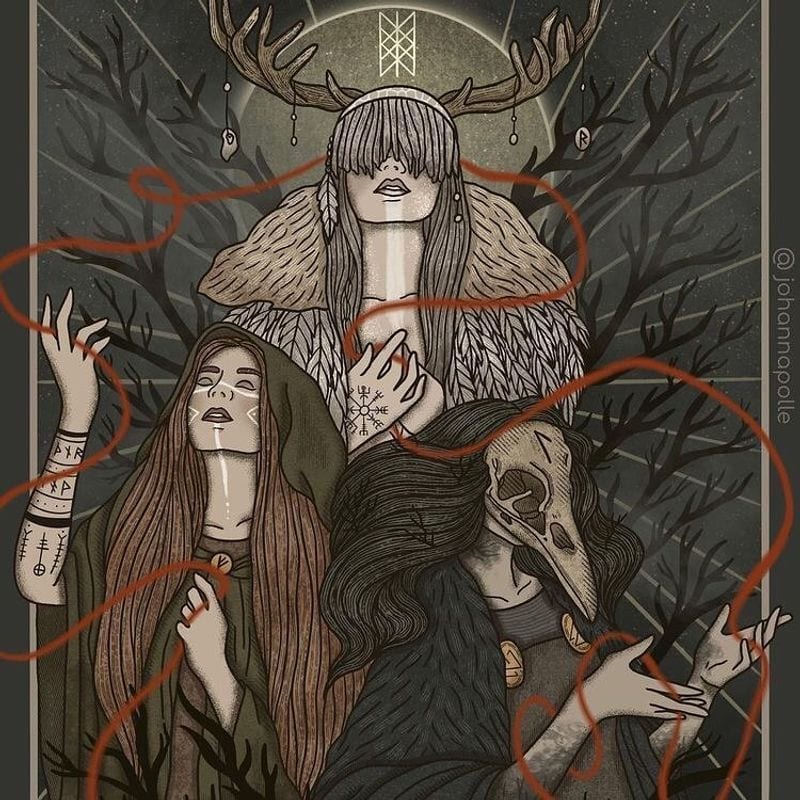
Beneath the roots of Yggdrasil sit three mysterious women who control the destiny of every being in the nine worlds. Urd (what once was), Verdandi (what is coming into being), and Skuld (what shall be) weave the threads of fate that bind even the mighty gods.
They water the world tree daily from the Well of Urd, preserving cosmic balance. Neither prayers nor sacrifices can change their weaving—even Odin himself must accept the destiny they spin.
This profound concept of predetermined fate versus free will continues to fascinate us today. When we face hardship or success, we still wonder: was this our choice or part of some greater pattern? The Norns remind us that some threads in life’s tapestry may be beyond our control.

